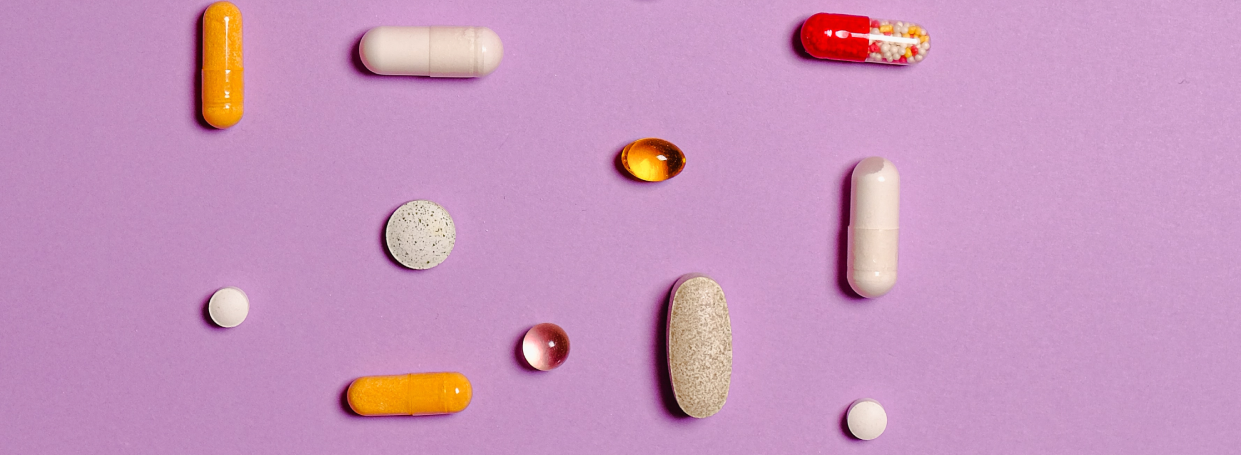

You might also like...

Excess vitamin B12 and pregnancy
Excess vitamin B12 during pregnancy can increase the risk of health complications for the baby. Vitamin B12 is an essential vitamin that...

Macrocytic hyperchromic anemia
Macrocytic hyperchromic anemia means that your bone marrow produces unusually large and dark red blood cells. These cells don’t have the nutrients...

Leukopenia
Leukopenia means that you have a low white blood cell count. White blood cells, or leukocytes, are vital to your immune system....

Endometriosis
Endometriosis is a condition where tissue like your uterine lining grows outside the womb: on the ovaries, fallopian tubes, pelvic tissues, or...

Excess folic acid and pregnancy
Folic acid is the synthetic form of folate (vitamin B9). Folate is an essential vitamin that your body needs for cell and...

Microcytic hypochromic anemia
Microcytic hypochromic anemia means that your body has too few red blood cells and these cells are smaller and paler than usual....

Normocytic normochromic anemia
Normocytic normochromic anemia means that you have a low red blood cell count, but your red blood cells have a normal shape,...

Vitamin B12 Deficiency
Vitamin B12 is an essential nutrient that our bodies need to work properly. It helps with nerve function, cell metabolism, and the...




